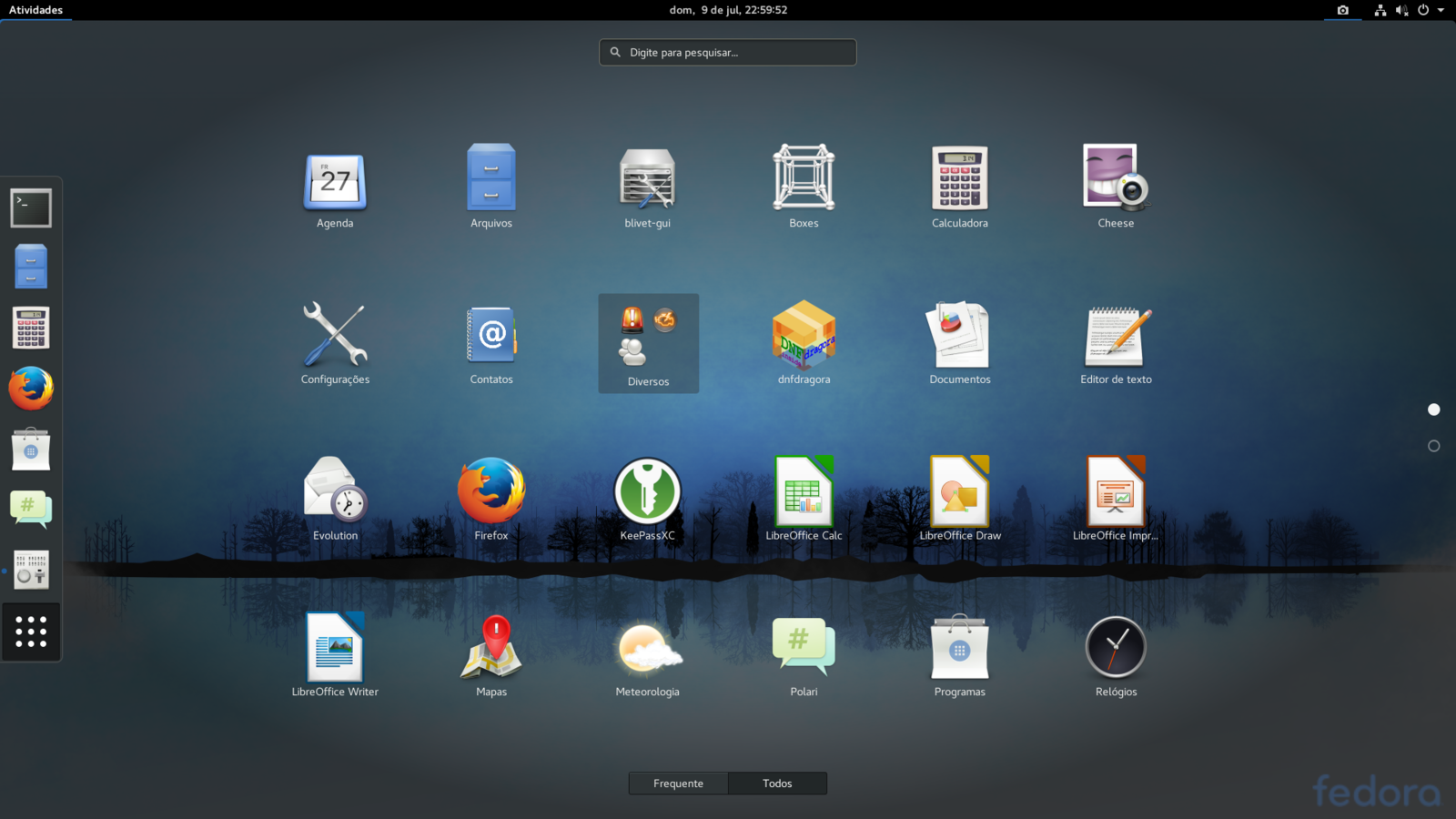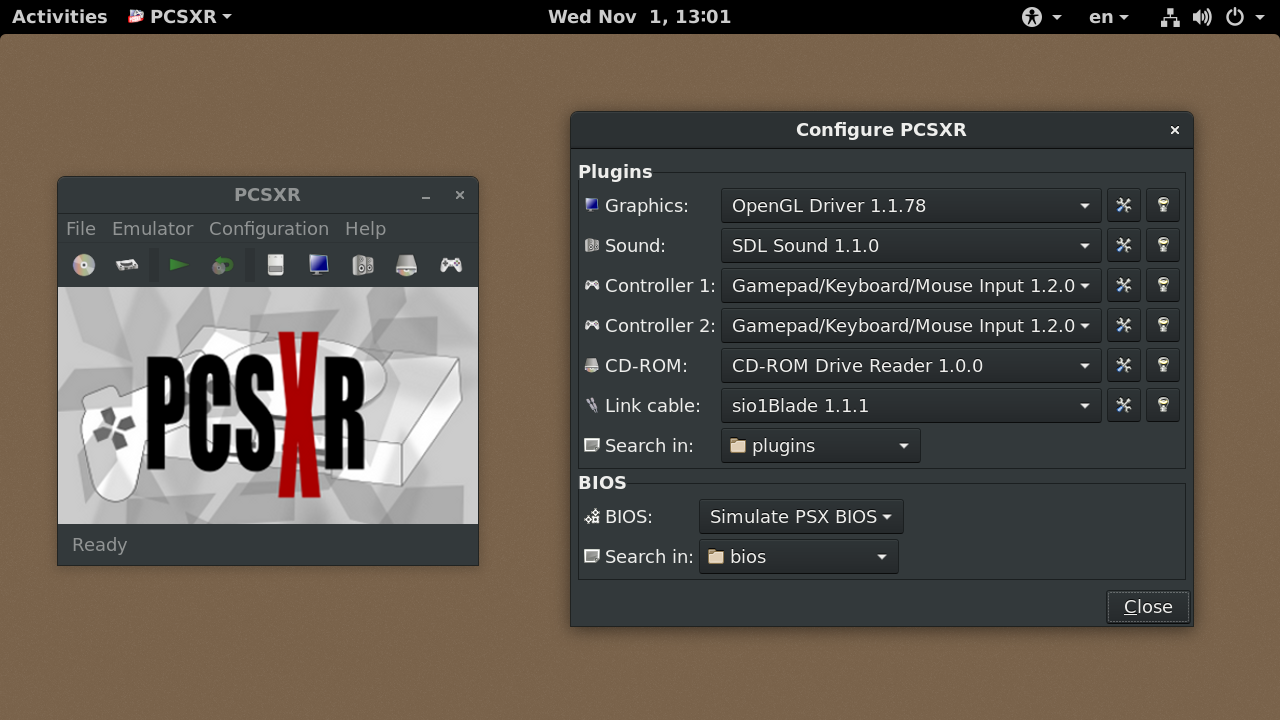Difference Between Fedora and Debian
Linux was originally developed by Finnish student Linux Torvalds and made its debut under the GNU General Public License. Since then the Linux Kernel has been marked by constant growth throughout its history. GNU and Linux together formed a complete operating system, which mimicked the way UNIX operated. Several communities, over the years, modified its source code for different needs. This led to the release of different Linux versions that are built on the same kernel.
Many people refer to Linux as GNU/Linux and the different versions of Linux are known in general as Linux distributions, or Linux distros. Distribution is a specific edition of Linux. Additionally, a number of enthusiasts got together and formed organization to create their own distros. Fedora and Debian are among the most popular Linux distros in widespread use. Both are free Linux distributions but with a different set of features and aimed at a different type of user.
What is Fedora?
Fedora is a powerful, fast-changing, freely available Linux distribution and a full-featured operating system. Fedora is developed and supported by a large community of developers, testers, documentation writers, package maintainers, marketers, and advocates. The Fedora operating system was originally called Fedora Core – a collection of software that provides a complete working environment for a desktop or a server computer. The Fedora Project was founded on September 22, 2003, when Red Hat decided to split Red Hat Linux into the Fedora Project and the Red Hat Enterprise Linux. The split came from trying to better serve two diverse groups with only one operating system. Fedora is available for use by anyone in the world, no matter who or where they are. Fedora focuses largely on the desktop and it is easy to use straight out of the box.
What is Debian?
Debian is a comprehensive and non-commercial Linux distribution which is not only one of the most popular Linux distros but also the perfect example of an independent and community-driven distro. It is a non-profit organization run and maintained by passionate free software advocates. The community of over 500 dedicated programmers collectively forms the Debian Project. Many distribution use Debian as the basis for their software because of its claimed responsibility. The history of Debian is a fundamental part of the history of Linux itself. In Debian terms, a distribution is a collection of specific package versions. It is known for its high-quality packages and package management tools, as well as its focus on security issues. It is still one of the major Linux distros available out there and which focuses on common apps, GUIs, networking, and system administration.
Difference Between Fedora and Debian
Basics
– Fedora is a powerful, freely available Linux distribution and a full-featured operating system developed and supported by a large community of developers, testers, documentation writers, package maintainers, marketers, and advocates. Debian is a comprehensive and non-commercial Linux distribution which is not only one of the most popular Linux distros but also the perfect example of an independent and community-driven distro. It is a non-profit organization run and maintained by passionate free software advocates.
Philosophy
– Debian is essentially a general-purpose distribution with a unique version for all purposes and there is no other distribution with its purpose as clearly and well defined as Debian. The initial Debian Manifesto, the Debian Social Contract, the Debian Free Software Guidelines, together with the Debian Constitution and the Debian Code of Conduct, clearly define the guidelines of the distro. Fedora, on the other hand, aims to be the leader of innovation and the distribution that creates the path that Linux takes. It focuses on innovation and on contributing and collaborating with the Linux kernel itself.
Package Repository
– Debian comes with over 40,000 packages which are free according to the Debian Free Software Guidelines and there is plethora of tools used to manage Debian packages, from graphic or text-based interfaces to installer packages. Debian has one of the better package management systems. Fedora, on the other hand, includes just under 20,000 packages and DNF is the default package manager on Fedora Linux.
User Friendliness
– Debian is not a particularly user friendly distribution. Users must know the basics of Linux and how to manage the usual administration tasks. It’s tough to use Debian than Fedora. Depending on what you want to do with it, Fedora occupies a middle point. Fedora has a very good installation tool, Anaconda, which makes that process a comfortable experience. However, Fedora does not support proprietary drivers, meaning users might face problems with a lot of hardware while using Fedora. Debian is still one of the popular distributions available.
Stability
– Debian is known for its stability. It has a very particular approach to stability. It can be very stable distro and it can be a very unstable one and up-to-date. It has three main branches to do so: Stable, Testing, and Unstable. Fedora, though, is always on the bleeding edge of technology and innovation, it is a very stable distribution as well. Fedora is reasonably well-supported which uses a variation of the standard release scheme with same cycle for new releases.
Fedora vs. Debian: Comparison Chart
6 94″ src=”http://www.differencebetween.net/wp-content/uploads/2019/05/Fedora-vs-Debian.jpg” alt=”” width=”550″ height=”509″>
Summary of Fedora vs. Debian
That being said, both Debian and Fedora are the most influential Linux distributions in widespread use, but they do things very differently. Fedora, even though is a general purpose distribution, has versions of different environments and for task-oriented purposes. Fedora is exceptionally well-supported but not as well-supported as Debian, which is one of the oldest and most popular Linux distributions. Debian is the perfect example of an independent and community-driven distro. If you want to use a proprietary software, then you should go for Debian.
- Difference Between Caucus and Primary - June 18, 2024
- Difference Between PPO and POS - May 30, 2024
- Difference Between RFID and NFC - May 28, 2024
Search DifferenceBetween.net :
Leave a Response
References :
[0]Castro, Jose D. Introducing Linux Distros. New York City: Apress, 2016. Print
[1]James, K.L. Linux: Learning the Essentials. New Delhi, India: PHI Learning, 2011. Print
[2]Negus, Christopher. Linux Bible 2010 Edition. Hoboken, New Jersey: John Wiley & Sons, 2010. Print
[3]Image credit: https://commons.wikimedia.org/wiki/File:Screenshot-fedora26-apps.png
[4]Image credit: https://commons.wikimedia.org/wiki/File:PCSXR_v1.9.94_running_on_Linux_(Debian_9_with_GNOME_Shell_3.22).png


